What is Prefabricated Building?
In the construction of prefabricated buildings, we can imagine beams, slabs, columns, walls, and other pre-made components as pieces of LEGO blocks that only need to be assembled on the construction site.
Like building LEGO, prefabricated buildings have some or all components prefabricated in factories, then transported to the construction site for assembly. Assembly is not just “stacking”; after the prefabricated components arrive at the site, reinforced concrete splicing and pouring are performed to ensure the safety of the assembled house. Therefore, this industrialized and mechanized construction method has been widely adopted in Europe, America, Japan, and other international regions.
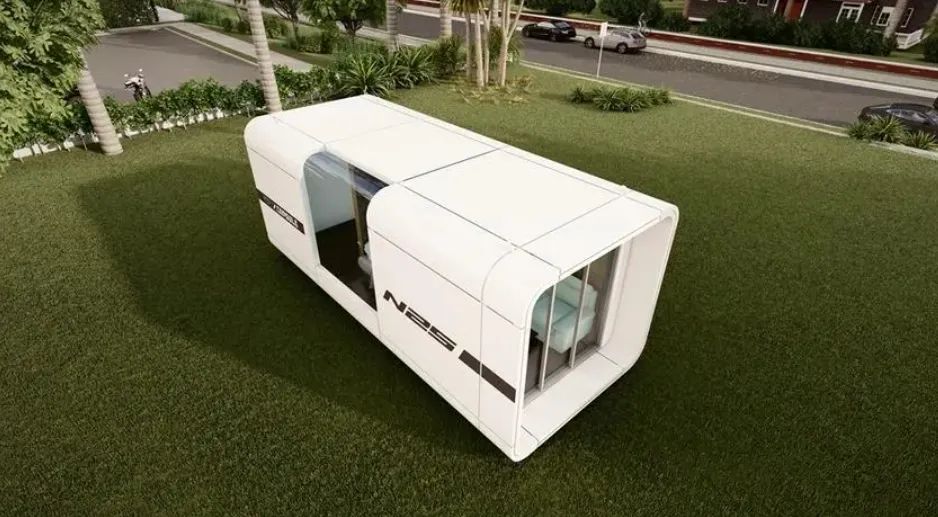
Advantages of Prefabricated Buildings
- Helps improve construction quality. Prefabricated components are made in factories, which maximizes the improvement of common quality issues such as wall cracking and leakage, and enhances the overall safety level, fire resistance, and durability of the residence.
- Helps speed up project progress. Efficiency means returns; prefabricated buildings are about 30% faster than traditional methods. The construction progresses quickly, allowing for rapid completion and occupancy. It reduces labor intensity and wet work on site; shorter construction cycles save manpower and materials, lower building costs, and provide many excellent features such as nailing and adhesive compatibility. Relevant data shows that basic components of prefabricated buildings can improve work efficiency by 3 to 5 times.
- Helps improve building quality. After factory production of interior fine decoration, it can realize “receiving express delivery at home,” meaning quick and easy installation, both fast and good.
- Helps regulate supply relations. Speeds up the launch of housing projects and alleviates the shortage of market supply. After industry popularization, construction costs can be reduced, effectively curbing housing prices.
- Helps promote civilized construction and safety management. Traditional sites have many workers; now most site work is moved to factories, with only a small number of workers left on site, greatly reducing site safety accidents.
- Helps protect the environment and save resources. On-site original cast-in-place work is minimal, healthy and non-disruptive, saying goodbye to dusty construction sites. Additionally, steel formwork reuse rate increases, and waste, loss, and energy consumption can be reduced by more than half.

Application Scope
Prefabricated buildings have been widely applied in multiple fields, including but not limited to:
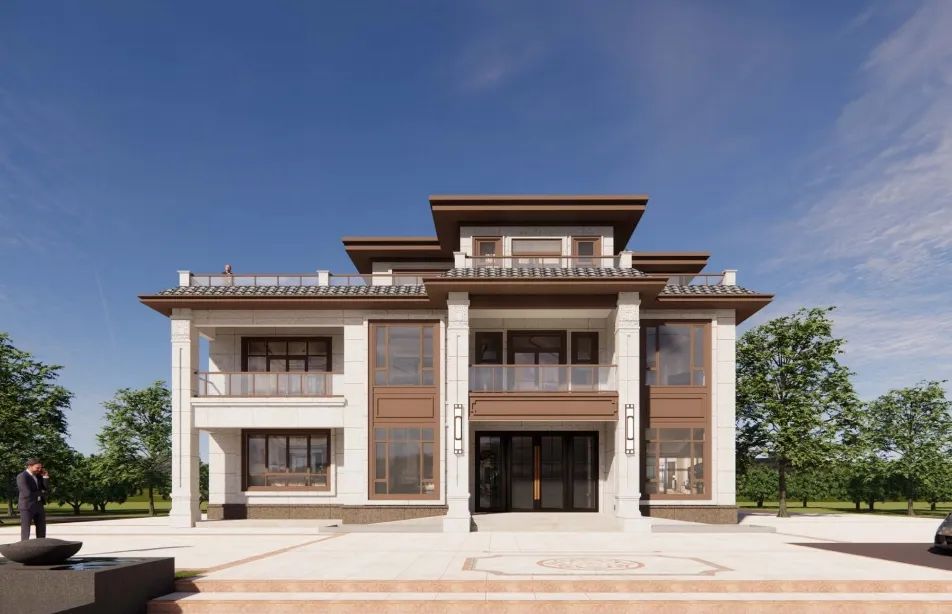
Residential: Prefabricated residences achieve rapid construction through modular component manufacturing and assembly, improving construction efficiency.
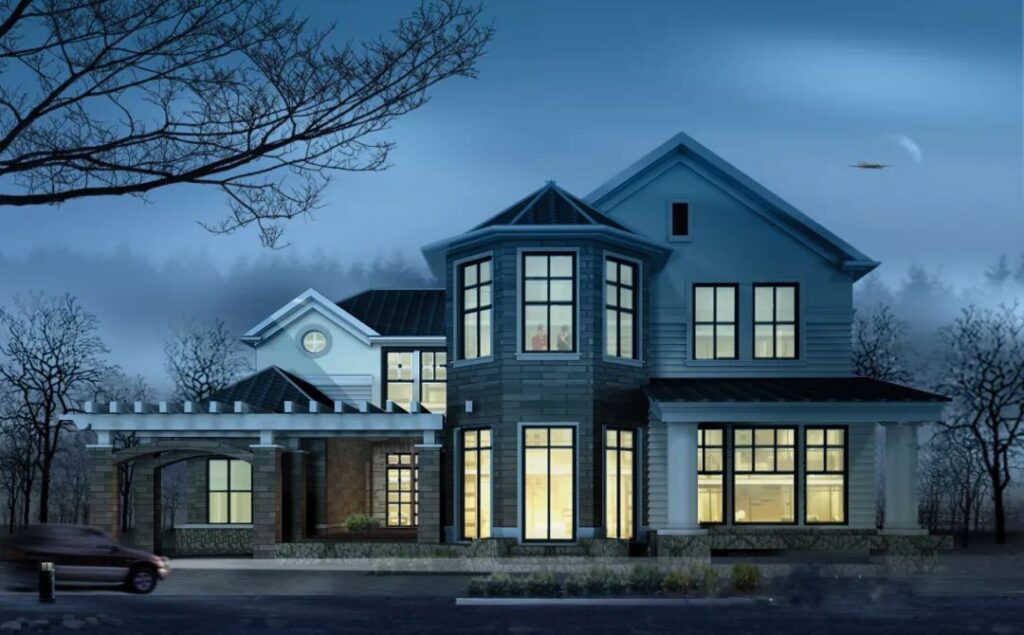
Apartment Buildings and Hotels: Suitable for using prefabricated components and modular design, shortening construction cycles and improving quality control.
Commercial Complexes: Can achieve high standardization and large-scale production, with strong adaptability to market changes.
Temporary Event Venues: Such as exhibition halls, conference centers, and stadiums, which can be quickly built and adjusted or reused according to needs.
Educational and Medical Facilities: Meet the needs for rapid expansion and flexible adjustment, while ensuring building quality and safe, comfortable environments.
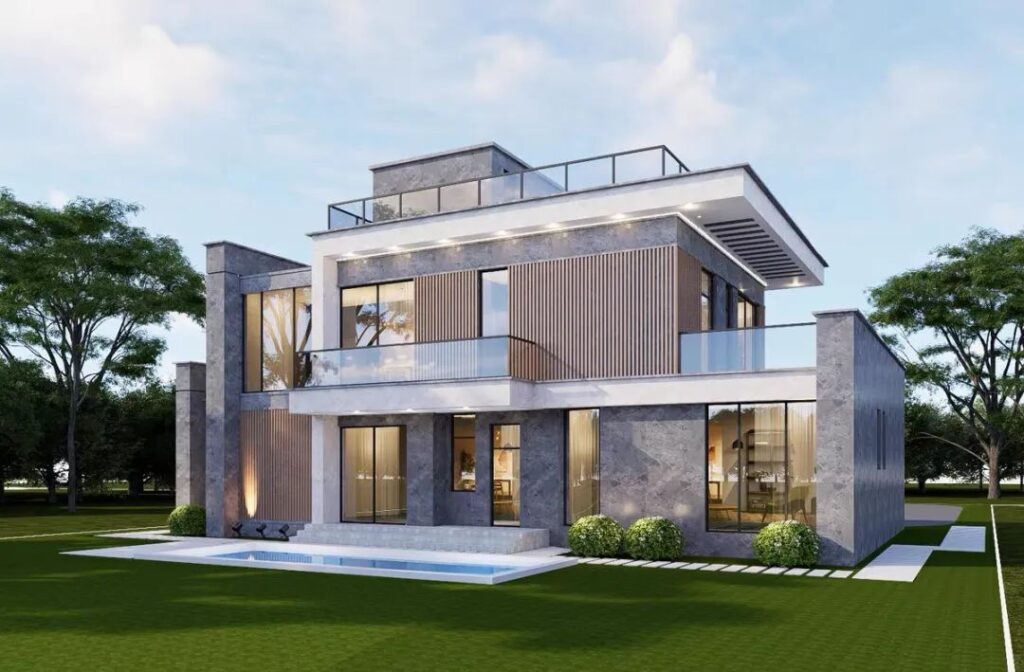
Are Prefabricated Residences Safe?
Safety is the primary consideration in construction. Prefabricated residences have significant advantages in safety. Their main structures are steel structures and partition panels. These components undergo strict quality control in factories to ensure high strength and stability of materials. Meanwhile, all walls and floors are produced in factories in advance with precise calculations and designs, so the entire house has no single brick; all walls’ tensile and shear capacity is equivalent to or even exceeds that of traditional shear walls, thus ensuring the overall structural stability and safety.
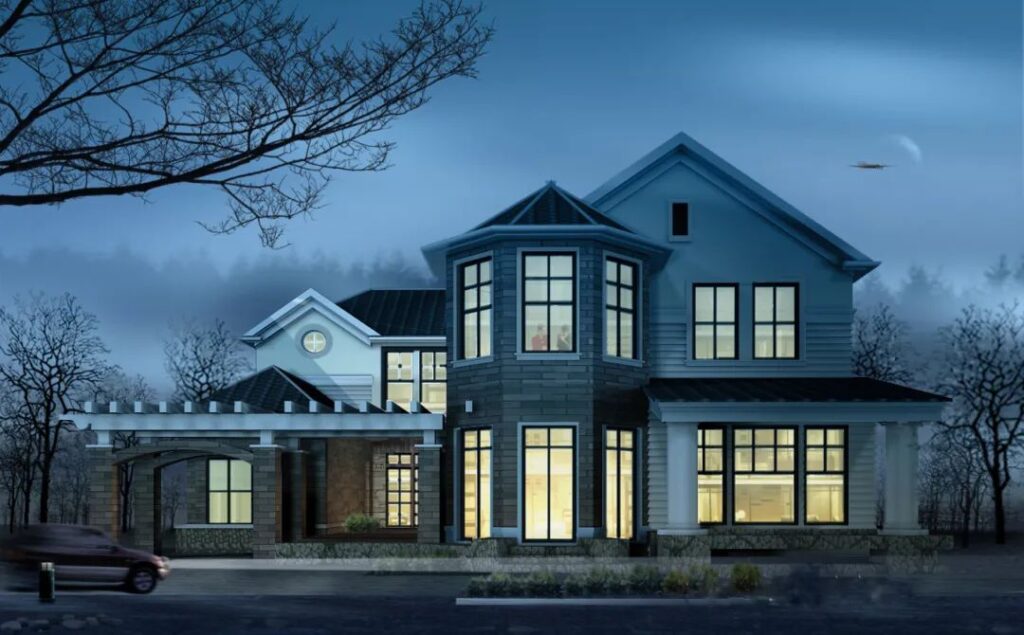
Why Does the State Promote Prefabricated Buildings Vigorously?
Prefabricated Buildings: A New Choice for Green Energy Saving
Energy saving, emission reduction, and environmental protection: The main components of prefabricated buildings are prefabricated in factories, reducing wet work on construction sites, thereby lowering dust, noise, and other environmental pollution. In addition, factory prefabrication can make more efficient use of materials, reduce construction waste, and align with current policies on energy saving, emission reduction, and green development.
High Efficiency and High Quality: The Dual Advantages of Prefabricated Buildings
Improve construction efficiency and quality: Through factory prefabrication and on-site assembly, prefabricated buildings can significantly shorten construction cycles and increase construction efficiency. At the same time, factory production ensures component precision and quality, reducing quality problems that may occur on site.
Prefabricated Buildings: Promote Construction Industrialization
Promote the development of construction industrialization: Prefabricated buildings are an important manifestation of construction industrialization. The state’s promotion helps shift the construction industry from traditional manual operation to modern industrialized production, improving the overall level and competitiveness of the construction industry.
Responding to Urbanization, Prefabricated Buildings Show Their Strength
Responding to population growth and urbanization demands: With continuous global population growth and accelerated urbanization, the demand for housing and public buildings is constantly increasing. Prefabricated buildings, with their efficiency, environmental friendliness, and flexibility, can meet the needs for rapid construction and provide strong support for urbanization.
Prefabrication Leads Building Industry Upgrades and Innovation
Promote industrial upgrading and innovation: The promotion of prefabricated buildings will drive the development of related industry chains, including component manufacturing, transportation, and installation, promoting the upgrading and innovation of the building industry. At the same time, the development of prefabricated buildings will also drive the research and application of new materials, new processes, and new technologies, enhancing the technological content of the construction industry.
Leave a Reply